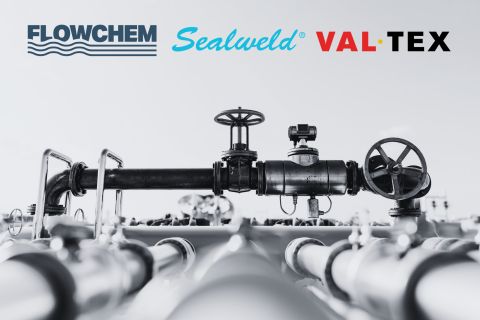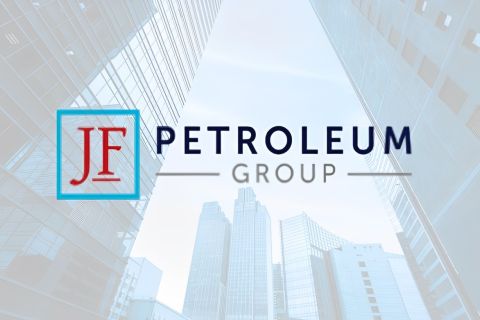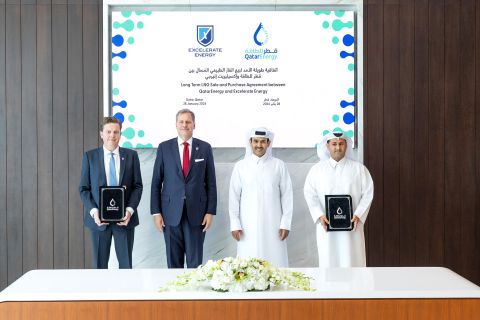Signum Technology Group company KLAW LNG delivering the world’s first fully automated LNG safety transfer system to Montego Bay, Jamaica, enabling a reliable flow of LNG to the community.
Working in partnership with Exida and Siemens for client Fortress Energy, KLAW LNG has designed, engineered and manufactured the Safety Integrity Level and Safety Instrumented System (SILSIS). This has given the island’s residents, for the first time, a safe and reliable flow of LNG, which is then used by the island’s power generation facility to generate power for homes and businesses, as well as to run road transport.
“LNG has to be kept at very low temperatures in order to be transferred. When heated it will expand instantly by 700%, so it is especially vital to engineer ground-breaking safety systems when dealing with delivery to an urban community,” said Julian Fairman, KLAW LNGs technical manager – control systems, in a statement. “At a very early stage in the project we took the view that it was necessary to innovate and drive the technology forward so that we could provide a solution that was far in advance of the accepted standards.”
Fairman added: “We are very proud that SILSIS is the world’s first fully-automated, Programme Logic Controlled (PLC), Safety Instrumented System, designed to continuously guarantee the highest levels of safety and operational readiness. It is also the world’s first SIL2 compliant safety delivery system, which is highly significant.
“More importantly though, this means that the people of Montego Bay have had their lives transformed because the power station, which previously ran on diesel, was extremely expensive and damaging to the environment. It is no exaggeration to say that the cost of this power was crippling to the island’s economy and up until now they had no practical alternative. SILSIS means they now have a reliable and cost-effective energy source that is delivered with the highest safety levels of any LNG transfer system on the planet.”
The two-stage ESD emergency shutdown system designed into SILSIS provides an escalated response in the event of something going wrong. The first stage ESD1 isolates lines, sounds a warning alarm, and inhibits transfer to reduce any risk of spillage. The second stage ESD2, which is activated automatically or manually, activates emergency release couplings and separates the transfer system.
“It isn’t enough that architecture, components and performance should be SIL2 compliant; operations and procedures must also maintain the required levels over the operational life of the system through proper safety life cycle management,” said Fairman.
Recommended Reading
Stonepeak, Dominion Energy to Partner on Virginia Offshore Wind Project
2024-02-22 - Stonepeak will acquire a 50% interest in Dominion Energy’s offshore wind project, which is expected to be the largest offshore wind farm in the U.S.
SCF Acquires Flowchem, Val-Tex and Sealweld
2024-03-04 - Flowchem, Val-Tex and Sealweld were formerly part of Entegris Inc.
ConocoPhillips CEO Ryan Lance: Upstream M&A Wave ‘Not Done’ Yet
2024-03-19 - Dealmaking in the upstream oil and gas industry totaled $234 billion in 2023. The trend shows no signs of slowing, ConocoPhillips CEO Ryan Lance said at the CERAWeek by S&P Global conference.
The JF Petroleum Group Acquires General Contractor GE Goodson Service
2024-04-15 - Following the transaction, GE Goodson will operate as The JF Petroleum Group’s Midland branch on a go-forward basis.
Excelerate Energy, Qatar Sign 15-year LNG Agreement
2024-01-29 - Excelerate agreed to purchase up to 1 million tonnes per anumm of LNG in Bangladesh from QatarEnergy.





